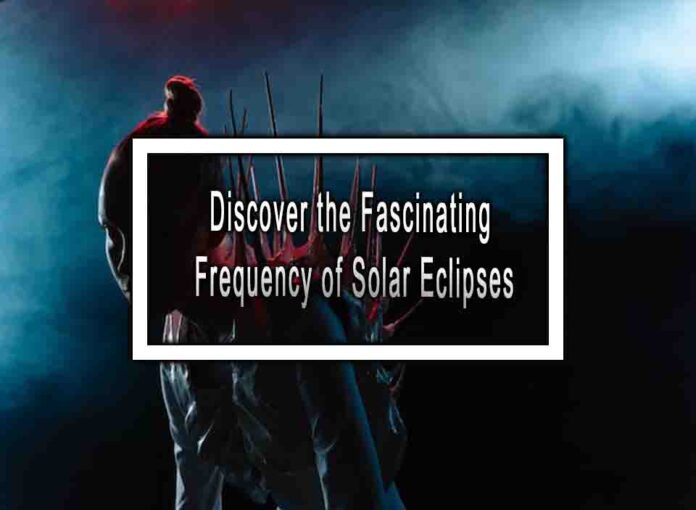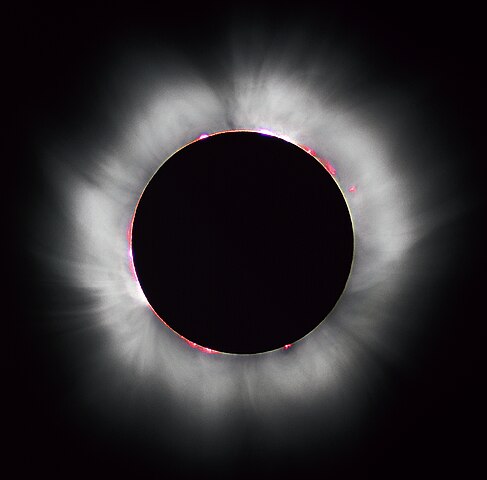Solar eclipses are indeed fascinating celestial events, and they occur with a somewhat predictable frequency due to the relative motions of the Earth, Moon, and Sun. The frequency of solar eclipses can be broken down into several key points:
Solar and Lunar Months:
- Solar eclipses occur when the Moon passes between the Earth and the Sun, casting its shadow on Earth. For this to happen, the relative positions of the Earth, Moon, and Sun must align.
- A lunar month, also known as a synodic month, is the time it takes for the Moon to return to the same phase, such as from one new moon to the next. This period is approximately 29.5 days.

Saros Cycle:
- The Saros cycle is a significant factor in the frequency of solar eclipses. It is a period of approximately 18 years, 11 days, and 8 hours (or 6,585.3 days).
- Eclipses that are separated by one Saros cycle are very similar in terms of their geometry, position on Earth, and the Moon’s position in its orbit. This means that eclipses belonging to the same Saros cycle often look alike.
- Over time, the Saros cycle allows us to predict the occurrence of solar eclipses with a high degree of accuracy.
Frequency of Solar Eclipses:
- Because of the Saros cycle, there are roughly 38 Saros series occurring simultaneously at any given time.
- On average, there are between 2 to 5 solar eclipses each year, but the exact number can vary.
- Not all solar eclipses are total; they can be partial or annular, depending on the alignment of the Earth, Moon, and Sun. Total eclipses are less frequent and tend to occur about once every 18 months somewhere on Earth.
Geographic Distribution:
- Solar eclipses are visible from different parts of the Earth’s surface, depending on the alignment of the Moon’s shadow. This means that a particular location on Earth may experience a total solar eclipse only once every few centuries or more.
Human Experience:
- The frequency of solar eclipses has made them a subject of fascination and cultural significance throughout history. Different cultures have developed myths, legends, and rituals around solar eclipses.
- Modern astronomy allows us to predict and observe solar eclipses with great precision, making them not only fascinating but also scientifically valuable events for studying the Sun and the Moon.
In summary, the fascinating frequency of solar eclipses is a result of the intricate dance of the Earth, Moon, and Sun. The Saros cycle plays a key role in predicting when similar eclipses will occur, and this natural phenomenon has captured the imaginations of people for centuries. Solar eclipses continue to be a source of wonder and scientific exploration.











